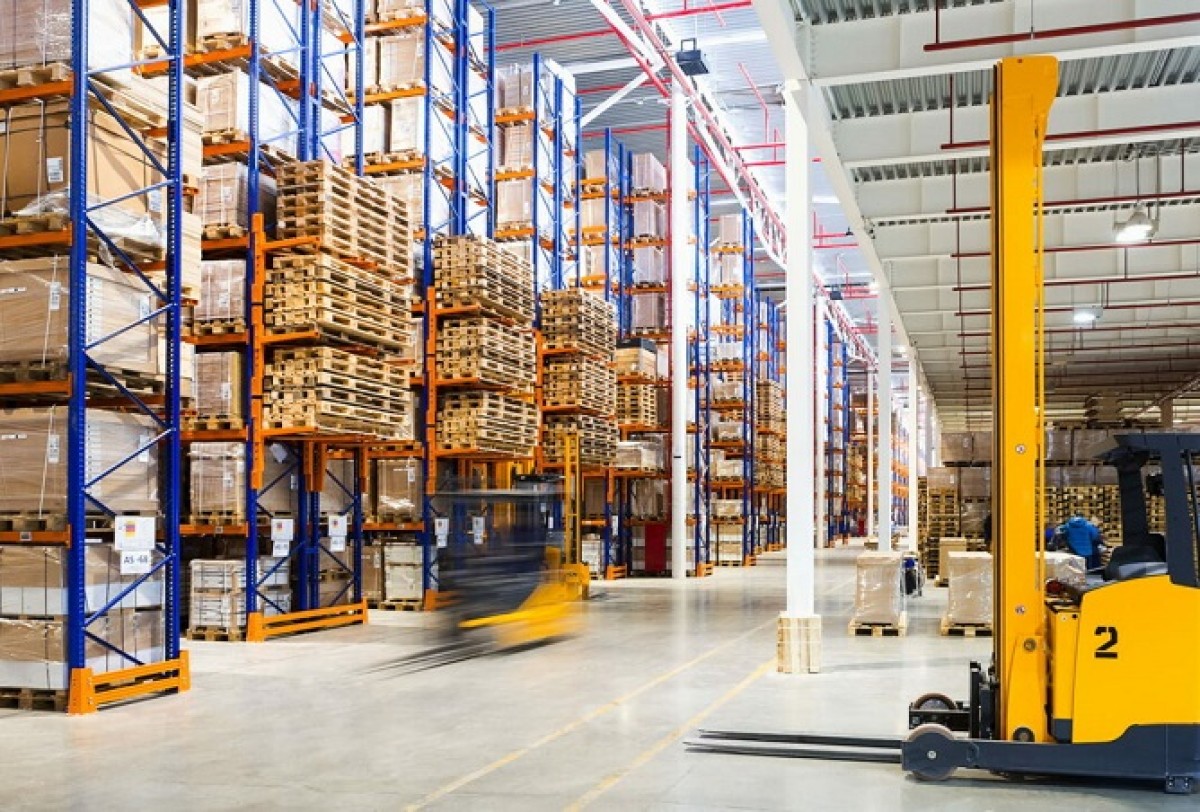Led by global investors, Industrial & Logistics sector secured USD 144 million in first three quarters of 2022
CBRE South Asia Pvt. Ltd., India’s leading real estate consulting firm, today announced the findings of its report, ‘Shoring up Indian supply chains: Are we prepared for the future?’. The report highlights the impact of supply chain disruptions felt by stakeholders across the Industrial & Logistics (I&L) spectrum, measures adopted, and the outlook for the sector.
According to the report, during January-September 2022, the sector attracted about USD 144 million across greenfield and brownfield assets led by global investors, with a major share of 63% followed by domestic players. With India’s rising importance in the global value chain, it is estimated that the I&L stock would double by 2030 to cross 700 million sq. ft. as occupiers continue to expand across segments such as e-commerce, 3PL, and engineering & manufacturing. Further, the share of grade A developments in I&L stock is also expected to rise from 35% (as of Q3 2022) to more than 50% by 2030, driven predominantly by occupier focus on "flight to quality". It is estimated that more than USD 20 billion in investment would be required to develop additional I&L spaces by 2030.
I&L segment leasing activity picked up by 40% in Q3 over Q2 2022 and recorded 9.2 mn. sq. ft. absorption, up 18 % Y-o-Y in Q3 2022. During the January-September period, leasing remained stable, with ~22 mn sq. ft. of leasing activity recorded during this period. Third-party logistics players (3PL) led the leasing activity with ~50 %. Total supply addition in the same period stood at ~13 mn. sq. ft.
The report also focused on the boost received by e-commerce on account of supply chain disruptions, leading to an increase in storage space and logistics service providers demand in tier-II & III cities such as Lucknow, Nagpur, Indore, Kochi, Coimbatore, etc. Demand centres are also expected to witness stronger leasing as several occupiers prefer to locate their warehouses closer to consumption hubs to reduce transport costs.
The report also shared a roadmap for navigating anticipated future challenges:
- To keep inventory costs in check, companies must pursue smarter strategies, including dual sourcing of raw materials and regionalizing supply chains. Supply chains will remain resilient with a combination of 'just-in-time' and 'just-in-case' strategies.
- Corporates should increasingly localize supply chains to hedge against future exogenous stocks as they move operations closer to end-user markets. Further, several companies must reorganise their critical supply chains to replace risky foreign suppliers with close/safe allies, a process called 'friend-shoring'.
- To improve supply chain resilience and planning, digital tools will continue to become increasingly relevant. Digital investments will increasingly focus on demand and supply planning instead of supply chain visibility.
- Diversification of the logistics planning process by including more third-party logistics providers would become more widespread. This would be done by either creating alternative routing plans or utilizing a broader spectrum of transport modes.
















Leave a comment